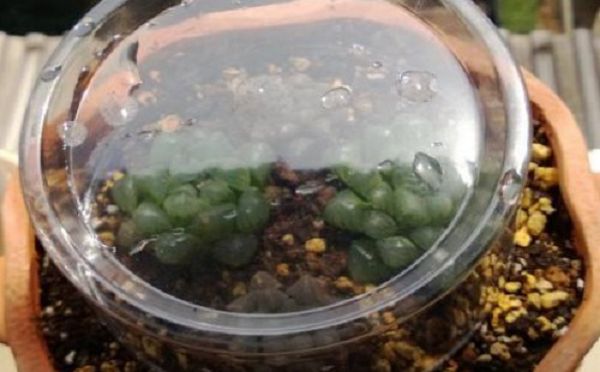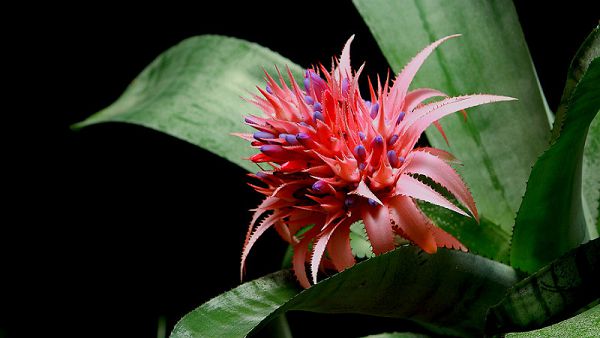The culture method of Wenshu orchid and the matters needing attention

Manjusri is suitable for growing in loose, fertile and well-drained soil. It likes a relatively humid air environment. When the temperature is dry, it needs to bask in water around the plant to increase air humidity. During the growing period, it is necessary to water more to keep the soil moist. Manshu orchid Xiguang, the most suitable growth temperature is 18-22 ℃. Thin fertilizer should be applied frequently during the growth period.
1. Soil environment
The growth of Wenshu orchid needs adequate nutrients, and the cultivation of Wenshu orchid requires the use of loose, fertile, well-drained and humus-rich soil. Self-configuration can be mixed with rotten leaf soil, coarse sand and garden soil according to the ratio of 1: 1.5 / 1.5. It is best to loosen the soil once a month.
2. Moisture and humidity
Wenshulan likes a more humid environment. When the weather is dry, it is not enough for the plant to absorb water from the root. At this time, it is necessary to spray water around the plant to increase the humidity of the air. More watering is needed during the growth period, and the soil can be kept moist according to the temperature. The amount of water should be strictly controlled in winter.
3. Light and temperature
Wenshu orchid needs more light, it is best to let it bask in the sun for more than 4 hours every day, and shade measures should be done in summer. During the growth period, you should turn the pot every day to avoid the plant growth deviation. Wenshulan likes a warm climate and is most conducive to its growth under the condition of 18-22 ℃. It should be kept warm in winter to avoid freezing damage.
4. Fertilizer application
Wenshu orchid should apply thin fertilizer frequently during the growth period, apply nitrogen fertilizer mainly in spring, and apply phosphorus and potassium fertilizer during bud growth and flowering, which is helpful for Manjushri to blossom more and prolong the flowering time. Mature fertilizer is applied in autumn. It doesn't need to be fertilized when the temperature is low in winter.
Related
- Fuxing push coffee new agricultural production and marketing class: lack of small-scale processing plants
- Jujube rice field leisure farm deep ploughing Yilan for five years to create a space for organic food and play
- Nongyu Farm-A trial of organic papaya for brave women with advanced technology
- Four points for attention in the prevention and control of diseases and insect pests of edible fungi
- How to add nutrient solution to Edible Fungi
- Is there any good way to control edible fungus mites?
- Open Inoculation Technology of Edible Fungi
- Is there any clever way to use fertilizer for edible fungus in winter?
- What agents are used to kill the pathogens of edible fungi in the mushroom shed?
- Rapid drying of Edible Fungi



